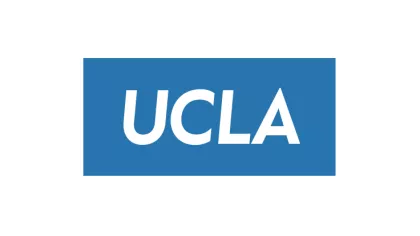
Journal Article
Adult Digital Mental Health Tool Use From 2019-2022: Findings from the California Health Interview Survey
Digital mental health interventions (DMHIs) provide tools to seek mental health resources, providers, and facilitate and/or complement in-person treatment. Limited research has examined what factors are associated with DMHI uptake. Authors used California Health Interview Survey (CHIS) data to examine DMHI use among California adults (2019–2022), estimating three multi-variable logistic regression models to assess if DMHI use to seek mental health support (Model 1), connect with mental health professionals (Model 2), and connect with others with similar concerns (Model 3) varied by psychological distress or sociodemographic variables. Wald Chi-square statistics tests were used to examine reasons for not using DMHIs by the same variables.
Findings: DMHI use to seek mental health support and connect with professionals increased between 2019–2022. High psychological distress individuals used DMHIs for all three outcomes significantly more than low/no distress individuals. The top reason for not using online tools regardless of distress was in-person treatment. The second reasons were low perceived treatment utility (high/medium distress individuals), and low perceived need (low/no distress individuals). Overall, younger, female, more educated, insured, unmarried, and non-Hispanic White participants were more likely to use DMHIs than older, male, less educated, uninsured, married, and Asian counterparts. Adult DMHI use to seek mental health support and professional treatment increased between pre-pandemic and pandemic years. Many respondents who did not use DMHIs sought in-person support.
Future research can examine how to increase perceived DMHI efficacy among people with high/medium distress.





